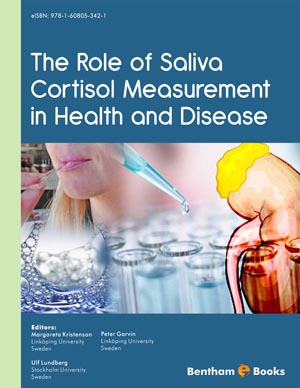Abstract
The aim of this book was to evaluate the usefulness of salivary cortisol as a biomarker in various settings. Our hypothesis was that observed diversities in results can be a function of different kinds of assessments. In this chapter, we try to respond to this aim by giving a summary of the results from different cortisol measures in relation to the health-related variables and conditions investigated in this review. The overarching pattern shows a predominance of non-significant findings but also a couple of rather consistent trends emerged when comparing the results from different chapters. The most apparent is that single measures of absolute concentrations of salivary cortisol, for most health-related variables, seldom give significant findings; deviation measures, in terms of diurnal deviations and/or laboratory stress tests seem to be more strongly and consistently associated with a number of factors, such as Socioeconomic Status (SES), psychological characteristics, biological variables in terms of overweight and abdominal fat accumulation, and mental and somatic disease. Across disorders, the pattern related to ill-health/stress is generally characterized by a flatter diurnal cortisol curve, which in most cases is due to attenuated morning and/or increased evening levels, or a reduced response to a laboratory stress test. For some specific questions, single mean values seem to provide valuable information, but in all cases a careful design in terms of power and standardization is important. Thus, salivary cortisol can be a useful biomarker in many settings, if caution is taken in the choice of methods used.
Keywords: Salivary cortisol, adult, conclusions, nonsignificant findings, deviation measures, diurnal curve, laboratory test, dexamethasone, biomarker, disease.






















